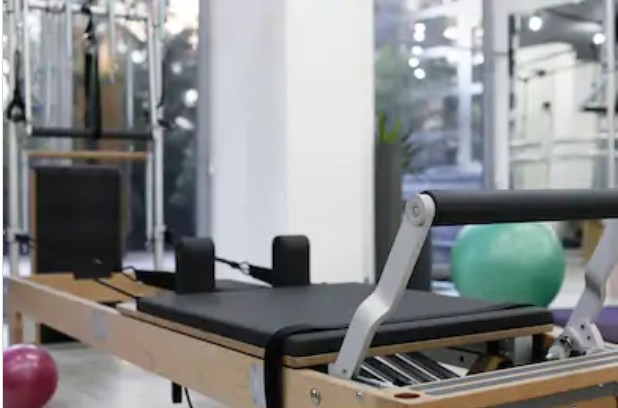We share common myths about Pilates.
1. Pilates is easy
Reformer Pilates is incredibly adaptable, which means exercises can be easily adapted from more simple exercises for a beginner to incredibly difficult ones for more advanced individuals. Pilates exercises are taught and performed with an emphasis on body awareness and control, which may make them look easy to an observer, although the practice of these exercises is actually harder! The longer muscles stay under tension, the faster they tone- so focus on slowing down your exercises to really feel the burn! Targeting the deeper, stabilising muscles usually presents a much bigger challenge for even the fittest of athletes in Reformer Pilates as the movements and muscles targeted are so unique to this form of exercise.
2. Pilates is only for women
Pilates has never been just for women and its benefits are certainly not gender biased. After all, Pilates was developed by a man, Joseph Pilates. Core strength, flexibility, uniform muscle development and efficient movement patterns all form the basis of Pilates training and are highly relevant to men’s fitness by providing a great cross-training option for runners, cyclists and athletes. Pilates emphasizes moving from the center of the body and developing core strength in the deep abdominal muscles to stabilize the trunk and protect the back. Pilates really is for everyone!
3. The Pilates reformer is just a bed to stretch on
While it may look unsuspecting and more like a bed with springs to some, the pilates reformer is an incredibly versatile piece of equipment and will see you performing exercises in standing, kneeling and sitting as well as lying. The addition of various props such as balls, hand weights, rings, boxes and jumpboards allows unlimited variety in your workout with endless exercise possibilities.
4. Pilates and yoga are the same thing
Although Pilates and yoga would work well as complementary practices, Pilates is not derived from yoga and they have many differences. While yoga has a more spiritual emphasis and originates from ancient India, Pilates is a physical system which uses specific and targeted exercises to improve strength, flexibility and posture with specific focus on the core. The benefits of Pilates include muscle toning, overall strength, body control and flexibility. Yoga comes in many varied forms, with each form differing in the types of poses, the length of time each pose is held and the general pace of the class, with an emphasis on using breath, movement and meditation to unite mind, body and spirit.
5. You have to be flexible to do Pilates
The great thing about reformer Pilates is that it can be easily adapted- even for those people who struggle to touch their toes! Pilates is a great way to improve mobility and flexibility through teaching the body to move well with a controlled and monitored approach which assists in reducing pain and risk of injury, rather than pushing your joints and tissues to the limits of their flexibility.



